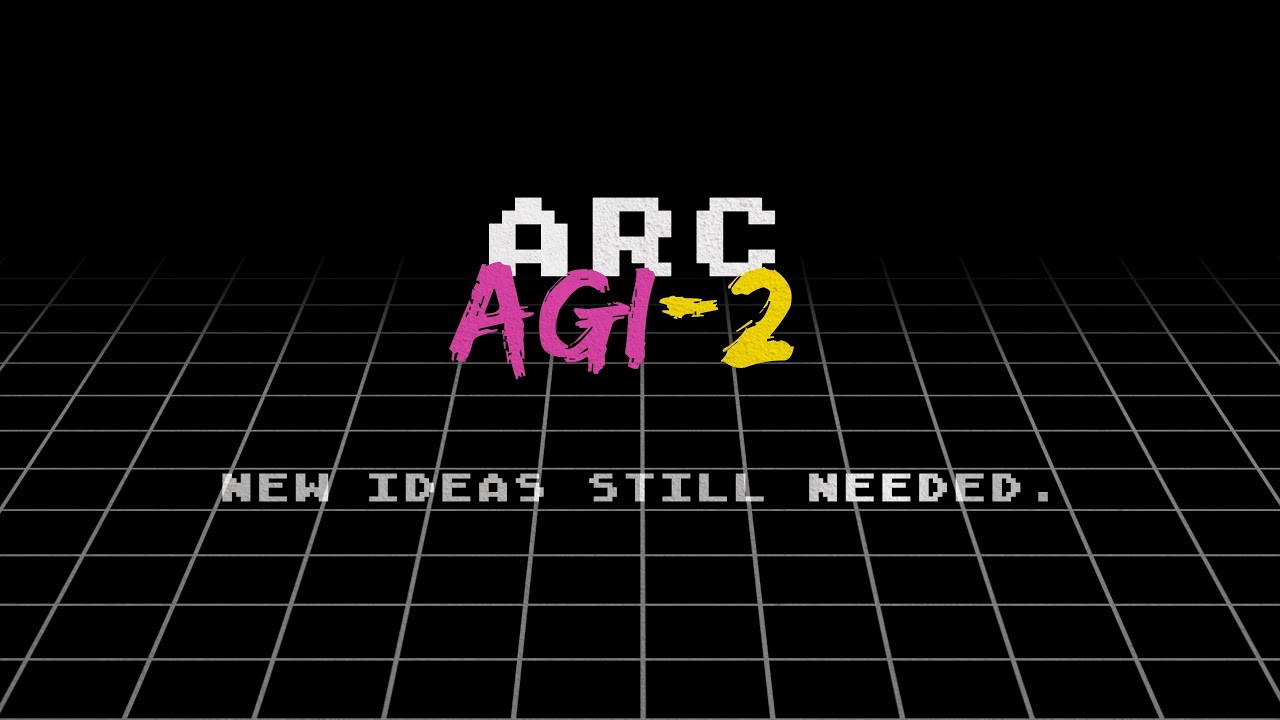The launch video for ARC Prize Version 2 introduces the RGI 2 benchmark, designed to more effectively measure the fluid intelligence of AI models and challenge their reasoning capabilities, while announcing the ARC Prize 2025 contest. The creators emphasize the importance of efficiency in intelligence and the need for AI systems to demonstrate adaptability, as they aim to bridge the gap between human and AI capabilities.
The launch video for ARC Prize Version 2 introduces significant advancements in artificial intelligence benchmarks, particularly with the release of RGI 2. This new benchmark aims to measure the fluid intelligence of AI models more effectively than its predecessor, RGI 1. The video emphasizes that RGI 2 is designed to challenge emerging AI reasoning systems, contrasting with RGI 1, which primarily tested deep learning capabilities. The creators highlight that RGI 2 is the only unsaturated benchmark accessible to regular people, making it a valuable tool for assessing AI’s progress toward artificial general intelligence (AGI).
The video also announces the commencement of the ARC Prize 2025 contest, which will run until the end of 2025. The contest structure remains similar to the previous year, featuring a Kaggle leaderboard and testing on semi-private and private datasets. Participants are encouraged to open-source their solutions to compete for the grand prize, which remains unclaimed. The creators express excitement about the innovative ideas that may emerge from this year’s competition, especially given the challenges posed by RGI 2, which has been calibrated for human difficulty.
A key theme discussed in the video is the importance of efficiency in intelligence. The creators argue that intelligence is not solely about capabilities but also about how efficiently those capabilities are acquired and deployed. They emphasize that human intelligence operates with minimal energy expenditure compared to AI models, which often require extensive computational resources. This focus on efficiency is central to the ARC Prize’s mission to raise awareness about the nature of artificial intelligence and its potential for innovation.
The video also addresses the performance of frontier AI models on RGI 2, noting that many current models struggle to achieve significant scores. While some models can perform well on simpler tasks, they fail to adapt to more complex challenges presented in RGI 2. The creators highlight that the benchmark has been designed to ensure that tasks are solvable by humans but remain difficult for AI, thus providing a clearer measure of fluid intelligence. They discuss the need for AI systems to demonstrate adaptability and efficiency in problem-solving, which is a critical aspect of achieving AGI.
Finally, the video concludes with a discussion about the future of AI benchmarks and the ongoing development of RGI 3. The creators express optimism about the potential for new breakthroughs in AI research, while acknowledging the challenges that lie ahead. They emphasize the importance of open-source collaboration and the need for diverse approaches to foster innovation in the field. The overarching goal remains to bridge the gap between human and AI capabilities, ultimately striving for a future where AI can contribute meaningfully to human knowledge and technology.
